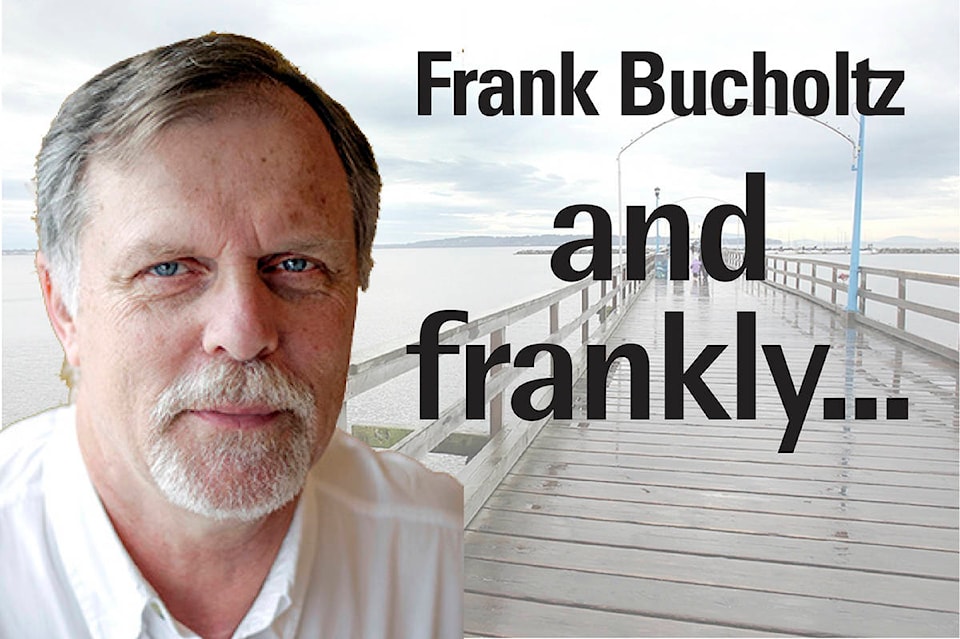Surrey council’s approval of changes to the Official Community Plan for 600 acres in Hazelmere came after a six-hour public hearing which ended in the early hours of Tuesday, July 27. It was council’s last meeting of the summer.
Mayor Doug McCallum’s Safe Surrey Coalition backed the plan to designate the area, now rural and dotted with farms and forests, as suitable for expansion of the Campbell Heights industrial area. The lateness of the hour was unusual, as was the willingness of council to go down a path that was panned by many candidates in the 2018 election.
The previous council considered a massive truck parking facility in the area, along with other urban uses, including both housing and industrial development. The truck parking proposal was withdrawn, but the overall plan was widely-criticized and eventually shot down by the Metro Vancouver board, which has power over land use changes in the area. It must approve a regional growth strategy and regional context amendment for the proposed changes to proceed to the next level.
Opponents cite concerns about the impact on the Brookswood Aquifer and the Little Campbell River, along with other environmental issues. Proponents cite the lack of industrial lands, not just in Surrey, but in the Lower Mainland. They also say that the farmland in the area is not productive. The area under consideration is not in the Agricultural Land Reserve.
The area being considered is immediately south of the Campbell Heights industrial area, stretching from 20 Avenue to 8 Avenue and the Langley border at 196 Street to approximately the 18600 block.
Context and precedent is needed when considering this significant switch in land use. When the initial Campbell Heights area was being developed, it required a sewer line to be built south along 192 Street. It also led to widespread clearing of thousands of trees, and had a significant impact on watercourses in the area.
At the same time, it was also decried as being unnecessary. No one is raising that argument now. Industrial land in many parts of Metro Vancouver is being converted to residential uses, particularly in Vancouver and Burnaby. Many politicians and business leaders have called for an industrial land reserve, similar to the ALR. There is also more demand for large warehouses, particularly due to the shift to online shopping and the need for many delivery centres. The demand for industrial and warehouse space is almost unprecedented.
Opponents are counting on Metro Vancouver to turn down Surrey’s application, as it did before. However, there have been many changes in circumstances since that time, and the cost of land has continued to climb significantly.
If Metro Vancouver does give its approval, it is essential that strict environmental standards be adhered to. The impact on the river and the aquifer are particularly crucial. The river is in good condition and is very important to the Semiahmoo First Nation, Semiahmoo Fish and Game Club and surrounding landowners. The aquifer supplies drinking water to a significant number of Langley residents and a few in Surrey as well.
There also needs to be much more emphasis on tree preservation than was the case during the initial development of the industrial area. This proposal may end up being an important issue in the 2022 municipal election.
Frank Bucholtz writes twice a month for Peace Arch News and at frankbucholtz.blogspot.ca
